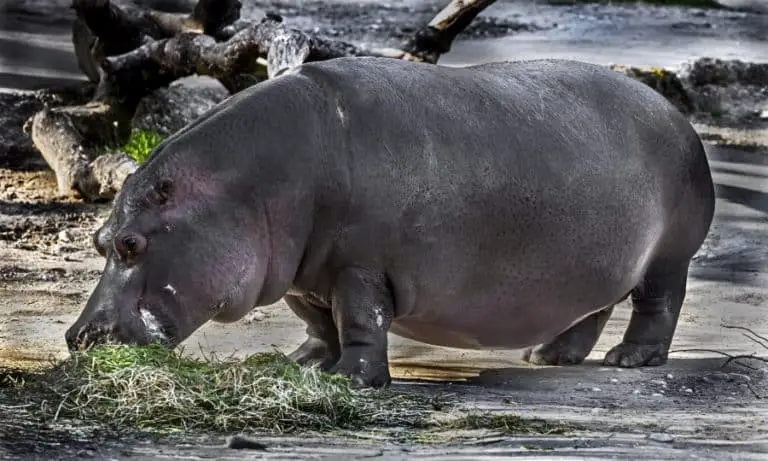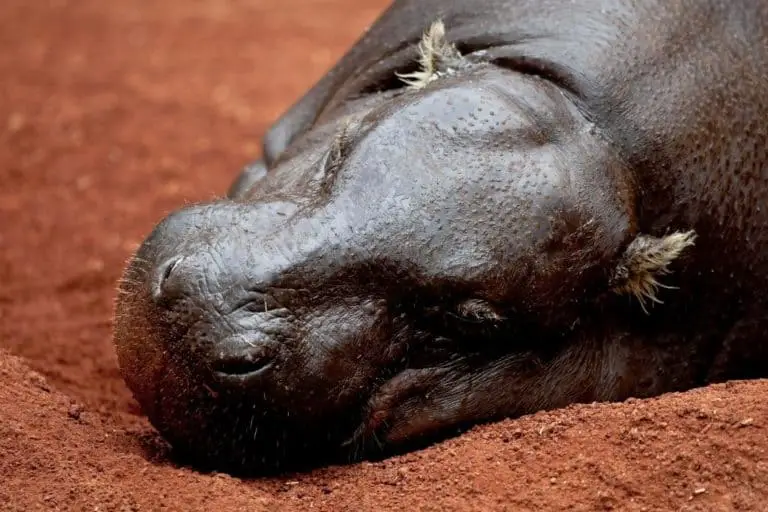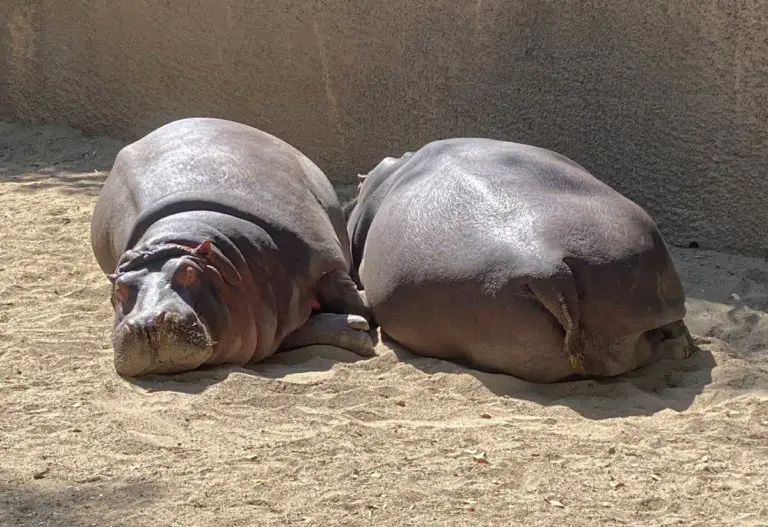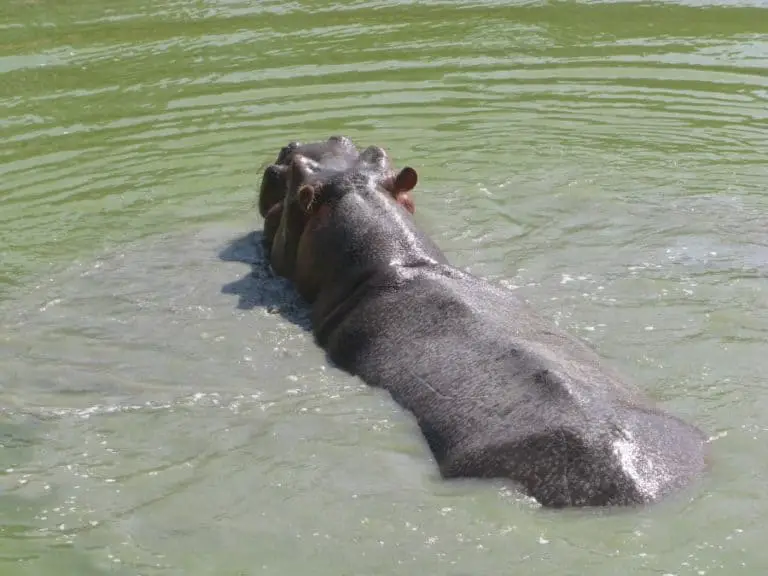How fast can Hippos Run?
Hippos are one of the largest living land animals and can run at speeds of up to 30 mph, faster than an Olympic sprinter. Hippopotamuses have a unique physique that helps them stay cool under extreme heat–their body shape causes their heart rate to increase when it’s cold outside, so they don’t overheat in hot weather.
Hippo’s ability for speed comes from two sources:
- Firstly because hippos come equipped with four stubby legs that act as stabilizers along their barrel—this makes running easier on all surfaces;
- Secondly, these areas work together by providing enough surface area contact between foot pads to keep feet dry and prevent slippage across the wet or muddy ground.
Hippos can run fast because they have wide flat feet and short legs. Bipedal animals usually have long thin limb bones to lower the mass of their skeletons. Still, the hippo’s flattened limbs reduce the surface area that touches the ground, which in turn lowers friction between footpads and ground surfaces. This added advantage lets them run faster on all surfaces, whether mud, sand, or grass.
Hippos can also hold their breath for up to 5 minutes, allowing them to support their bodies and continue running at high speed.
Hippopotamus “run” by walking with legs moving in parallel.

They are amphibious (or semi-aquatic), mostly living in rivers, lakes, and mangrove swamps. The common hippo is the third-largest land mammal (after the White rhinoceros and elephant), and it is as ferocious as it looks.
It has a bite force of around 12 600 kPa, 4 times greater than an alligator’s bite. Indeed, it is one of the two considered to be among the most dangerous animals in Africa. At even a slow walking speed, a hippo can outrun humans.
Given that they are territorial and notoriously aggressive towards intruders, it makes for a lethal combination. Hippopotamus has no natural predators other than lions, crocodiles, and tigers, which they defend against using their hippo-sized canines.
Hippos spend up to 16 hours a day wallowing in water or mud, keeping calm and protected from predators.
They emerge at dusk to graze on short grasses, with an average adult consuming 88 pounds (40 kilograms) of food each night. Hippopotamuses are gregarious and live in tight-knit communities, with males setting up a dominance hierarchy.
Several females cooperate to raise their young in an aquatic environment, with newborns suckling from their mother until they are about 6 months old.
Can you outrun a hippo on land?
The short answer is no. Hippos can outrun humans easily when moving at a walking pace of 3 miles per hour (mph), but they can achieve much greater speeds over short distances. If they were to run in a straight line, then hippos could probably reach 30 mph.
Hippos are the only non-terrestrial mammals with sweat glands (in their armpits) to cool down and regulate their body temperature.
They tend to spend most of the day sleeping, typically for 2 – 3 hours at a time and longer during periods of high temperatures or drought.
Hippos are territorial and likely to chase you if you interrupt their resting period or threaten their young; however, they could attack without warning.
If cornered by a group of attacking hippos, it is best to stay low and make yourself as small as possible.
You could also try using a stick or some other implement to scare them away, but this is not always effective.
Do NOT try to outrun a hippo – they are faster than you (unless you have Usain Bolt on your side), but if you encounter one of these animals in a zoo, they are less likely to pose a severe threat.
Can a hippo run faster than a rhino?

A rhino’s weight is concentrated on its front legs, while a hippo is more evenly balanced.
Rhinos and hippos are both herbivores (plant-eating animals). Hippos spend most of the day in the water, grazing at night. They have evolved this way to avoid being targeted by predators. Both hippos and rhinos have impressive canines, but only the hippo is in a position to use them effectively because of its semi-aquatic lifestyle.
Rhinos tend to spend most of their time on land, and hippos are entirely aquatic. Hippos spend between 80% and 90% of their lives in water; they do not need to drink very often; they typically come to land only for breeding and graze on grass, but they can remain submerged underwater for up to 5 minutes.
Rhinos are more at risk from predators than hippos because their legs are vulnerable; rhinos are tall animals with long front legs, which would make it hard for the predator to avoid a rhino’s kick. Hippos have shorter legs and are more evenly balanced, so they don’t have the advantage of height or reach.
In Conclusion:
In a short burst of speed, hippos can reach 25 mph (that’s faster than most cars), and rhinos can run up to 35 mph over short distances, but neither animal is likely to be found at those speeds for very long.






